In Oxford we trust: the legacy of an incredible duo
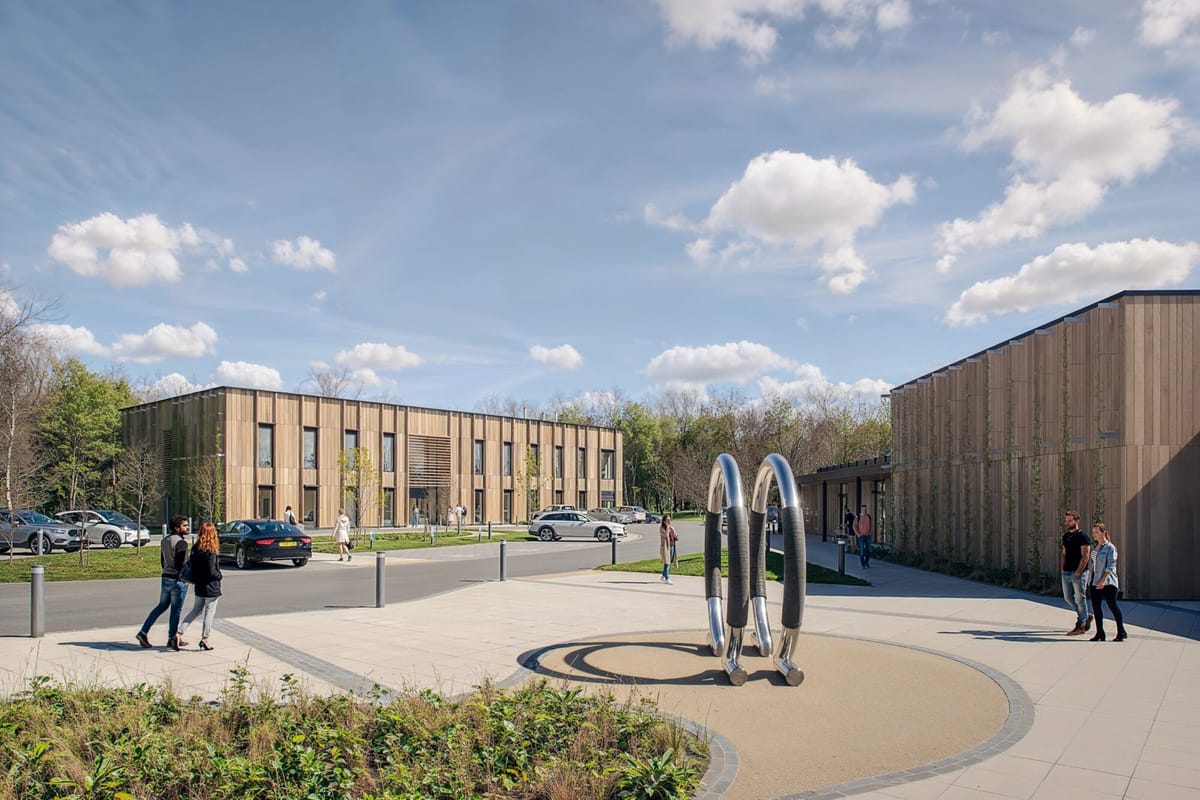
There’s barely a week when we don’t report on Oxford’s thriving science sector.
New biotech startups. More lab space in the city centre and the business parks. The emergence of ‘Science Vale’. Indeed, to host her keynote address on growth in late January, Chancellor of the Exchequer Rachel Reeves chose an Oxfordshire science business – Siemens Healthineers in Eynsham, manufacturers of superconducting magnets for medical scanners.
That particular business can trace its success back to two Oxford entrepreneurs turned philanthropists. But their influence stretches beyond just one high-flying business on an industrial site in West Oxfordshire. This is the story of how two people turbo-charged Oxford’s tech startup scene, whilst also delivering STEM education in primary schools, and investing in protecting nature around them. All this after a career inventing life-saving medical instruments in Eynsham and Osney Mead…

The Oxford Instruments story
Sir Martin Wood founded Oxford Instruments from his home in Northmoor Road, Oxford, manufacturing superconducting magnets from his garden shed. His wife, now Lady Audrey Wood, took on the administration of the company.
It was a pioneer in magnetic resonance imaging. The first ever commercial MRI whole body scanner was manufactured at its Osney Mead factory in Oxford in 1980 for installation at Hammersmith Hospital, London. It was one of the first spin outs from Oxford University, and remains one of the most successful. In 1982, it opened its Eynsham factory, entering into a joint venture with Siemens in 1989; the German company eventually bought full control in 2003.
Oxford Instruments, meanwhile, now has a technological reach from X-rays and plasma equipment to microscopy and nanoscience. Today it's based at Tubney Woods near Abingdon, and is a FTSE 250 company.
Sir Martin Wood died in 2021, with an impressive list of honours to his name. Fellow of the Royal Society; Commander of the Order of the British Empire; Order of the Rising Sun; a knighthood; Honorary Fellow of the Royal Academy of Engineering; and the President's Medal of the Institute of Physics.
More than enough for one lifetime. Yet his legacy lives on not simply through his inventions, but also the philanthropic work in innovation, grass roots science, nature conservation and forestry.
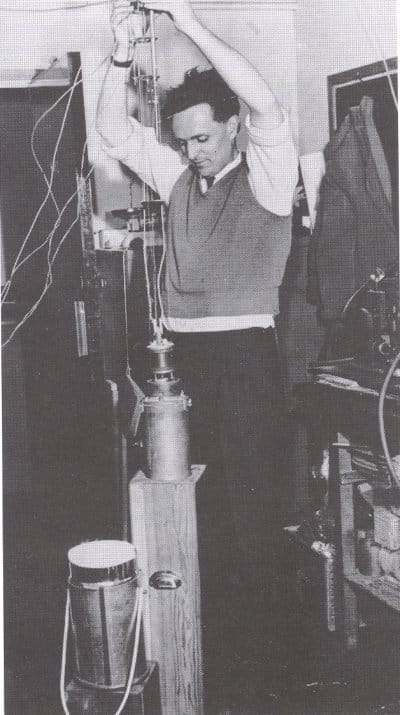
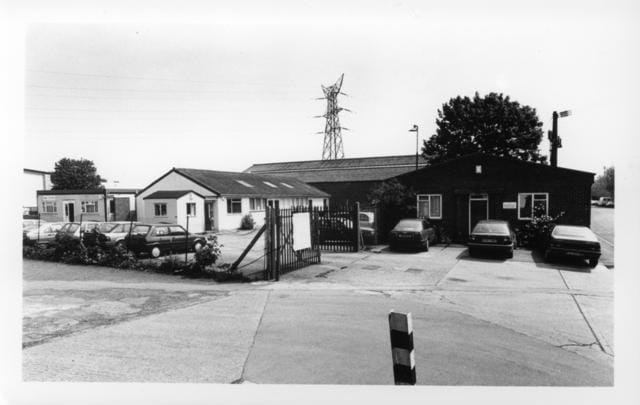
Sir Martin Wood with one of his early super-conducting magnets, and The Oxford Trust’s first innovation centre, Osney Mead (permission The Oxford Trust)
Turbocharging startups: The Oxford Trust
Setting up and managing Oxford Instruments from scratch had an impact. Audrey and Martin Wood pioneered an unusually positive culture toward staff, encouraging them to develop their talents to deliver competitive advantage. Claire Flint, a former group human resources director at Oxford Instruments recalled to Physics World:
“Sir Martin instinctively understood that engaging the whole workforce in shared endeavour was right for the people and the organisation. More than 50 years on, his ethos is still a core part of what makes the company commercially successful and a special place to be a part of.”
Having set up a successful business, the duo was keenly aware of the challenges facing tech startups. To help others follow the same path, they set up the Oxford Trust, and its first innovation centre in Oxford, and some say in the UK, in Osney Mead. While the Oxford Centre for Innovation has had various homes since, the core purpose has remained the same: to nurture the next generation of innovators. A brace of new developments has confirmed the Trust's ambition to continue that.
In the city centre, The Oxford Trust’s latest home for the Oxford Centre for Innovation Centre at Blue Boar Court on Alfred Street (by the Bear) provides a collaborative space for innovation – flexible and affordable office space with the admin and business support needed by science and tech start-ups. The Trust’s Wood Centre for Innovation in Headington is not only The Oxford Trust's HQ, but also contains co-working in Barclays Eagle Labs, office and laboratory space for biotech and deeptech start-ups.
A recent planning decision approved the Aspen Building on the Headington site, a response to the increased demand for grow-on laboratory space in Oxford, particularly within the globally significant Headington Science Cluster. The cluster is home to the Jenner Institute and the Big Data Institute as well as the research hospitals and Oxford Brookes University. As befits the home for cutting-edge science, the building will be built to the highest standards and will include photovoltaic roof panels, a green wall, cycle parking, and a minimum of 10% Biodiversity Net Gain to enhance its surrounding 15 acres of woodlands, ponds, and grassland. Harvesting and storing rainwater will provide grey water for toilets and, separately, additional flow to the ponds which will minimise the need for sewer discharge.
Current tenants being supported by The Oxford Trust include Samsara Therapeutics, working on age related neurodegenerative diseases; Bioarchitech, working on metastatic cancer; and Helio Display Materials, developing the next generation of LED displays.

The next generation: Science Oxford
The Trust's charitable business model reinvests the income from its innovation centre into its innovation, and STEM education and engagement programmes. The second pillar of the Wood’s legacy, and their long-term vision of Oxford as a science powerhouse, is encouraging grassroots science.
Under Science Oxford, The Oxford Trust aims to inspire science learning and enjoyment through family, community and school programmes at the Science Oxford Centre and across Oxfordshire and Buckinghamshire.
There's a purpose-built Science Education Centre at the Headington site. It is the UK’s first indoor-outdoor science education centre with an Exploration Zone with over 20 hands-on exhibits and 15 acres of woodland and ponds to explore. During the week it's used by primary schools, then every Saturday for Family Days and STEM Clubs, including a regular science, nature and creative computing club. Themes might include ‘Sparkling Science; the science of crystals’ (ages 5-9) or how to code an app (9-12). The primary programme also includes presenting STEM-focused shows and workshops in schools, CPD for teachers and a science kit loan service.
But Science Oxford's programmes are not just for primary-age kids. For secondary school students, the STEM Careers Programme is designed to create opportunities to springboard young people into a STEM career. The Trust’s aim to inspire the next generation of scientists and entrepreneurs comes to life in two case studies.
Alex Greenhalgh, co-founder of the award-winning Spintex, one of the start-ups based in the Trust’s Wood Centre for Innovation, attributes his love for science to a bursary Science Oxford awarded him as a teenager. Spintex manufactures high performance silk for not just sustainable fashion textiles, but also aerospace, automotive and medical industries.
Professor Jacqui Cole, Head of Molecular Engineering at Cambridge, has a similar story. She grew up in Grove and then Witney attending Wood Green School. She left school after her GCSEs and got a job at a local warehousing and transportation company as a hand packer. “It was just what I thought people did,” she says, “Leave school, get a job, work your way up.” Picking up her GCSE results at the same time as a visit to the school from the Oxford Trust changed the course of Jacqui's life. She ended up studying chemistry at Durham, then a PhD. Now, in addition to her Cambridge position, she is the BASF/Royal Academy of Engineering Research Chair in Data-driven Molecular Engineering of Functional Materials.
Perhaps this and other initiatives are having an impact. This 2021 government report shows that more young people are taking (STEM) subjects at university than ever before, with high spots in computer science, Artificial Intelligence, and engineering. Promisingly, this is driven by an increase in demand from UK 18-year-olds rather than solely international students – suggesting that early STEM uptake in schools is making a difference. Yet there is still much to do, as the recent closure of the Maths department at Oxford Brookes bears out.
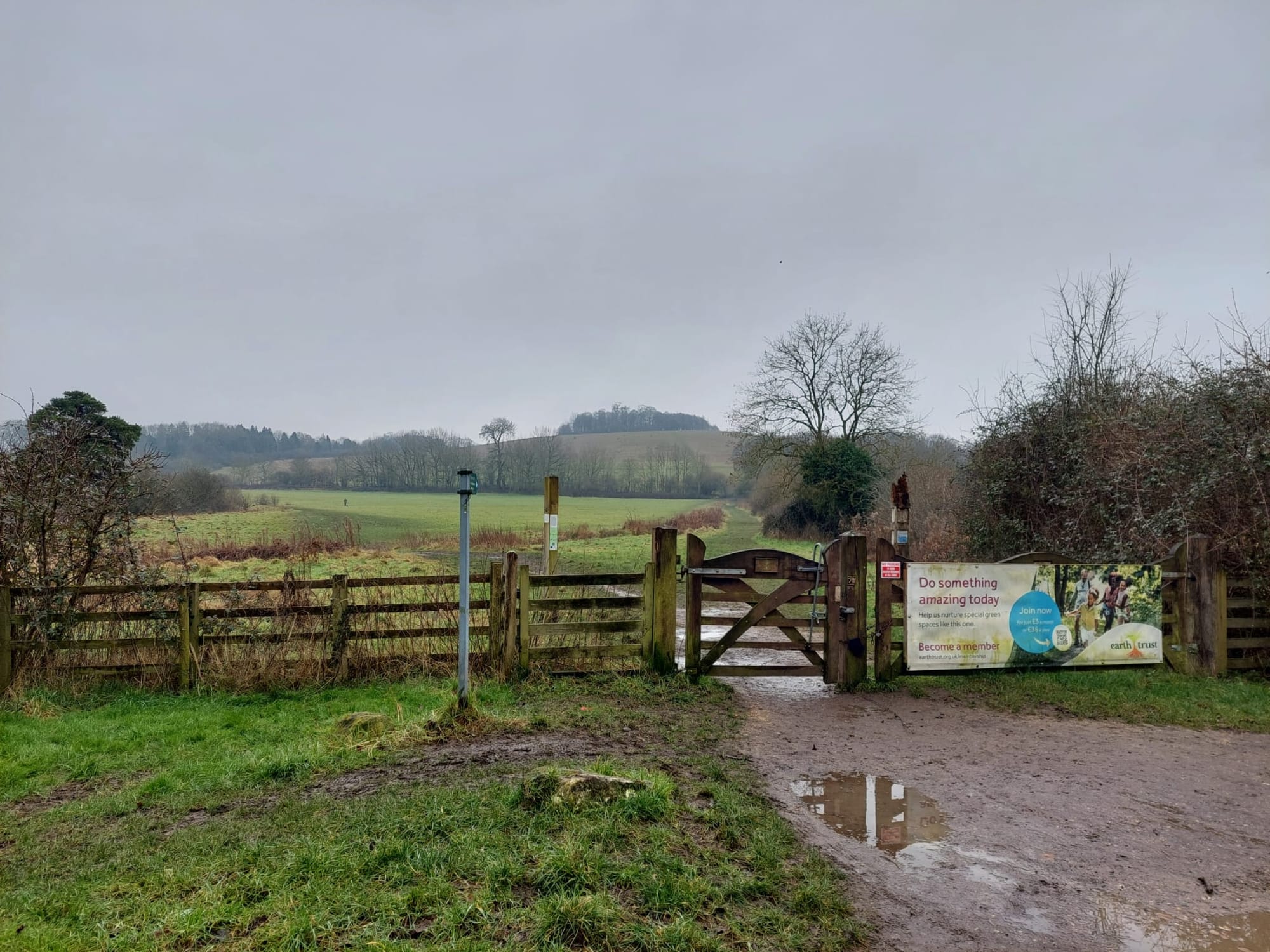

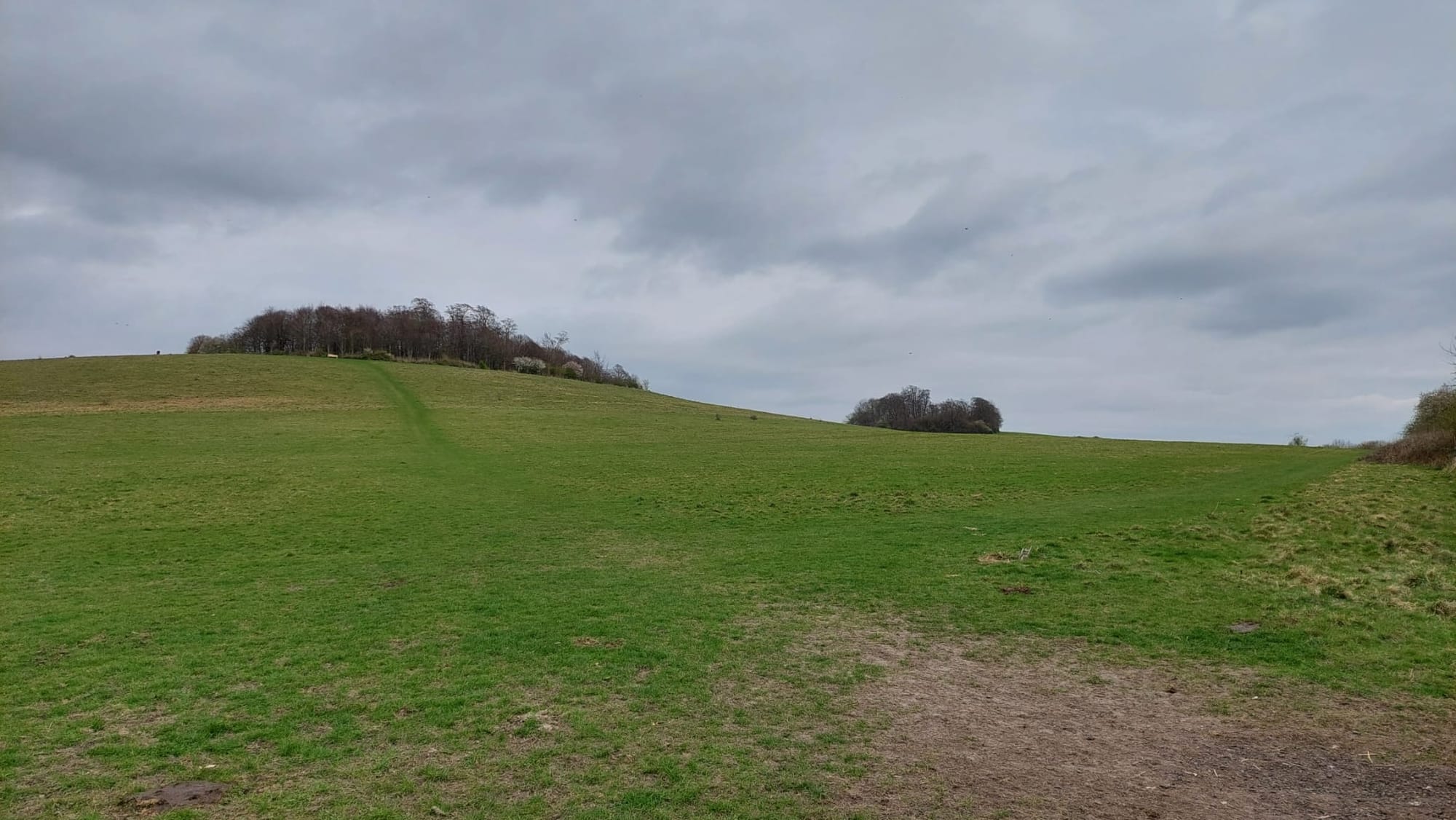
Wittenham Clumps; beautiful even on a grey February day (Oxford Clarion)
Engaging with the natural world: The Earth Trust
Sir Martin's obituary claims that he had avoided square-bashing in his school’s cadet corps by volunteering to manage some local woodland. A cunning ruse – but the love of woodland stayed with him all his life. In 1982, they acquired Little Wittenham Wood and set up the Northmoor Trust, after their home in Northmoor Road.
The Northmoor Trust became the Earth Trust. Its ethos was to engage people with the natural world such that they would argue for more accessible and better green spaces. They pioneered the Forest School model, now a foundation stone of early years education across the UK and beyond. More recently, the trust has been exploring new models for land management, creating wetland riverside habitats to enhance biodiversity in farmland. (Regular Clarion readers will know all about Oxfordshire’s increasing amount of flooded land.)
The Earth Trust now owns more than 1200 acres of land at Little Wittenham. Wittenham Clumps, a Special Area of Conservation, is the most visited, freely accessible area of public open space in Oxfordshire. It manages three community meadows: Wallingford Castle Meadows, Riverside Meadows (also in Wallingford), and Mowbray Fields in Didcot. Thrupp Lake in Radley is one of the county’s top bird sites; Abbey Fishponds in Abingdon is modest in scale but prized by local residents.
The approach of Earth Trust is captured in David Attenborough's quote that "No one will protect what they don't care about; and no one will care about what they have never experienced". So it does not keep its precious spaces gated away, but encourages people to visit and learn about nature. It runs school visits, trips for disadvantaged adults, seasonal events, and opens most of the land to the public.
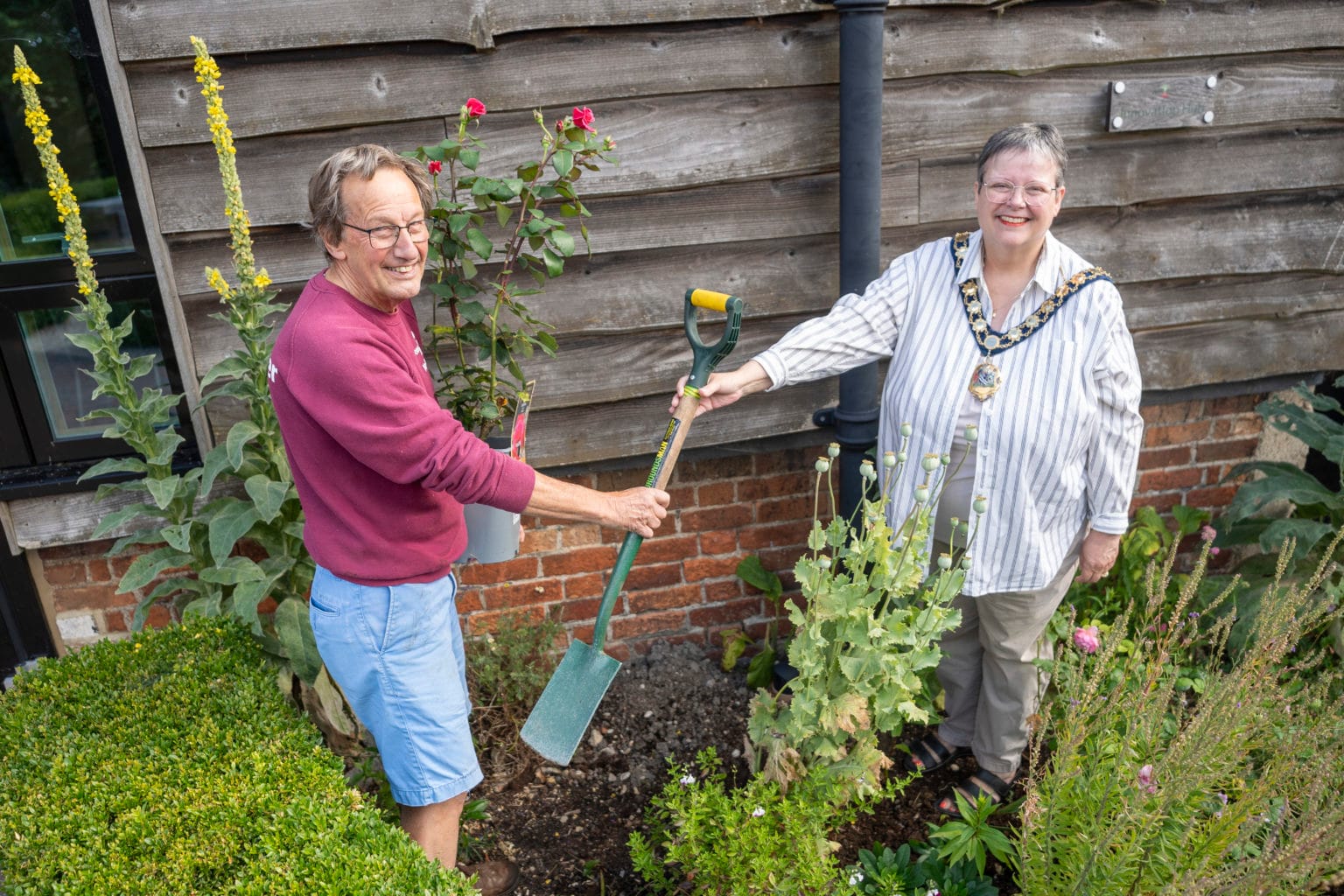
In a quirk, there is a contract for public access to these privately owned lands, with an annual rent paid by Oxfordshire County Council to the Earth Trust. This rent is agreed as one rose. Each year, the chair of the County Council plants a rose so that dogs can be walked on Wittenham Clumps, and curious children can peer at the bat hibernaculum at Riverside Meadows.
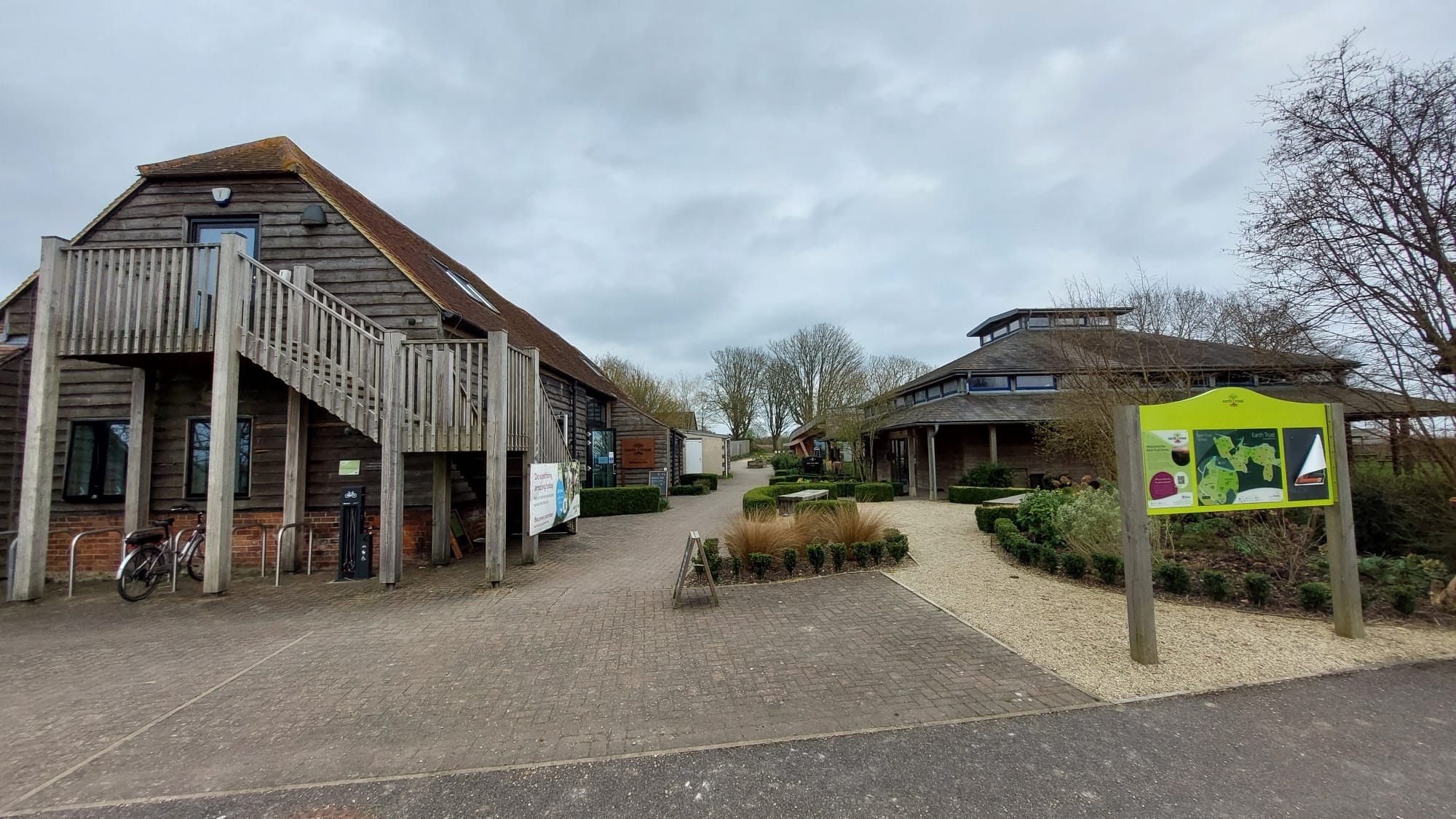
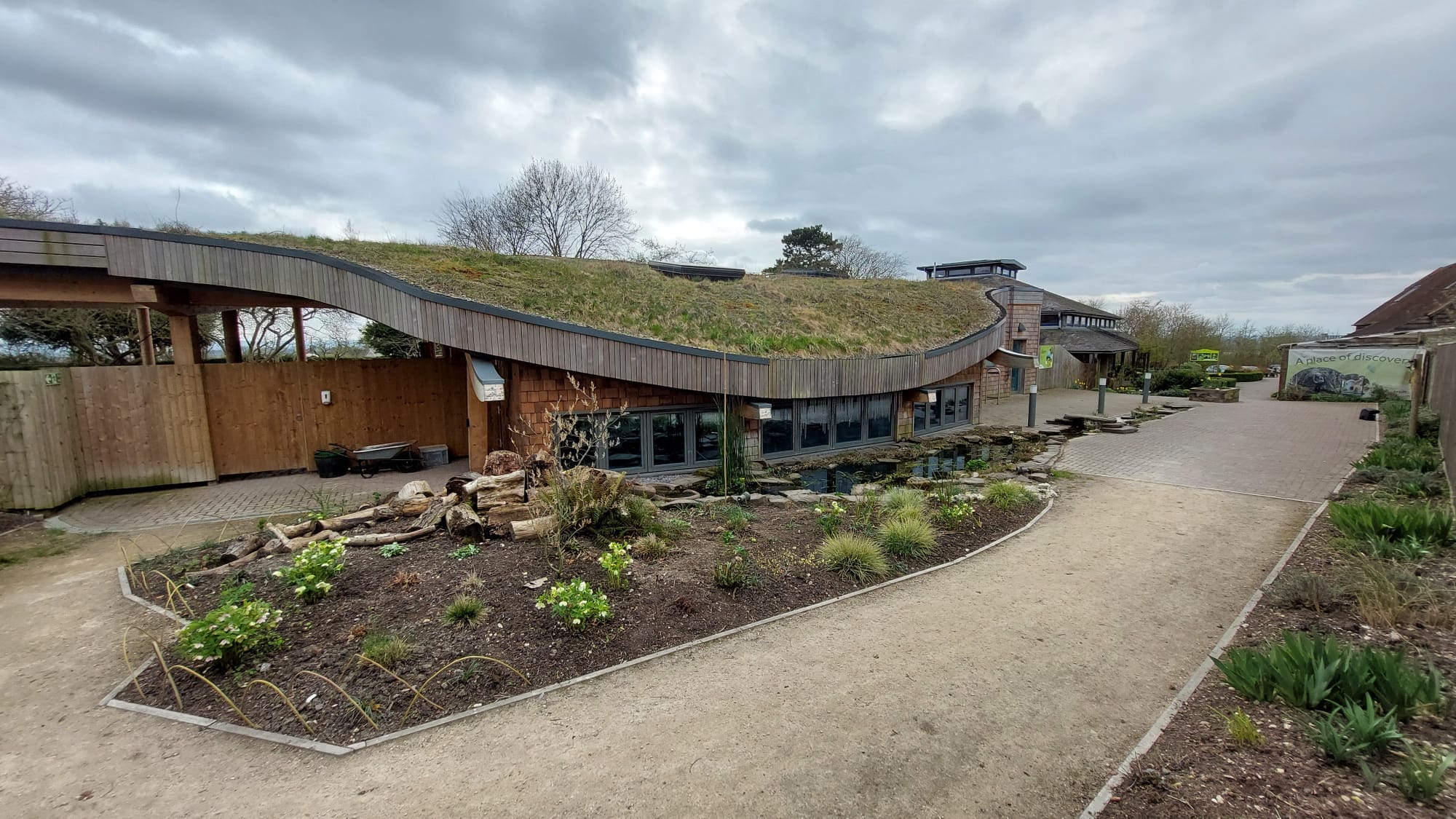
Earth Trust Centre and the Earth Lab with its green roof (images Oxford Clarion)
To fulfil its mission, Earth Trust knows it must upgrade other facilities - some people will walk straight into nature. But many will want to know that coffee, toilets and something for the kids is on hand. Alongside its new education building, Earth Lab, a former barn now hosts a 'Welcome Hub' with basic part-time cafe (10am-3pm weekdays). There are seeds planted for further growth, providing new ways to connect people with nature - we'll be watching these green spaces. If we've piqued your interest, you can get involved here.
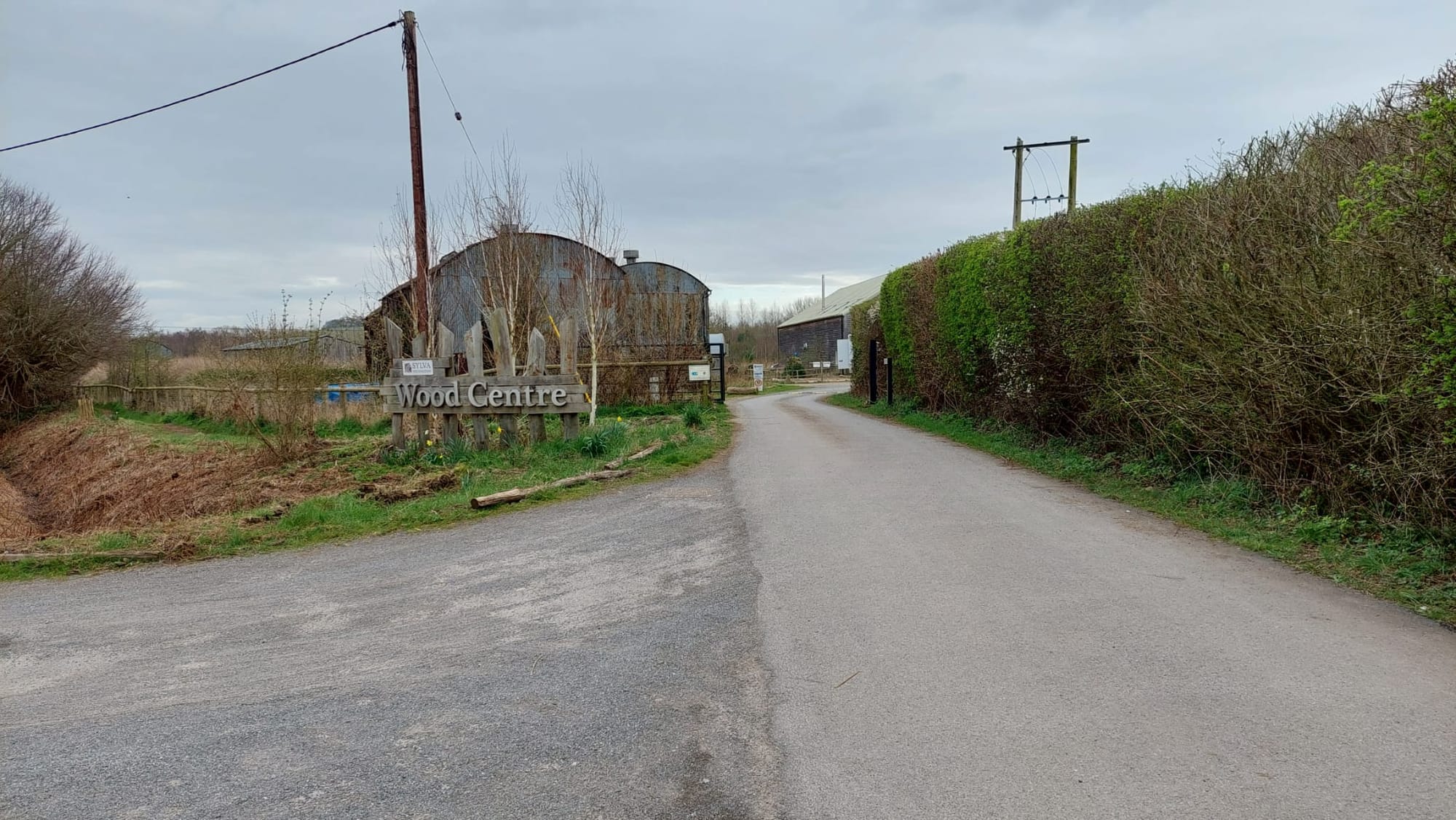
The best time to plant a tree: Sylva Foundation
During the ’80s and ’90s the Earth Trust built up education, research and farming programmes. It developed agri-environment schemes such as Paradise Wood, where the Foundation investigates the best quality timber, resilience to climate change and a range of sylvicultural techniques. That, in turn, led to the final pillar of this incredible duo's legacy.
In 2006, Sir Martin Wood and Dr Gabriel Hemery founded Forestry Horizons, a project seeking to review the status of forestry in the UK. From a simple idea – that trees are important, that we should look after them better, and have more of them – came a new charity dedicated to reviving Britain’s woodland culture. The Sylva Foundation (from the Latin silva, meaning a wood, forest, or woodland) was founded in March 2009, defining its role as “the stewardship of woodland and the use of forest produce for a sustainable future”.
Among its flagship projects is myForest, a free-to-use tool for any forest landowner. It provides comprehensive online mapping, digital tools and the latest resources not only to sustainably manage forests, but to provide unique support for the creation of new forests around Britain. It is used by 10,000 woodland owners. 160,000 hectares of woodland has been mapped in the tool.
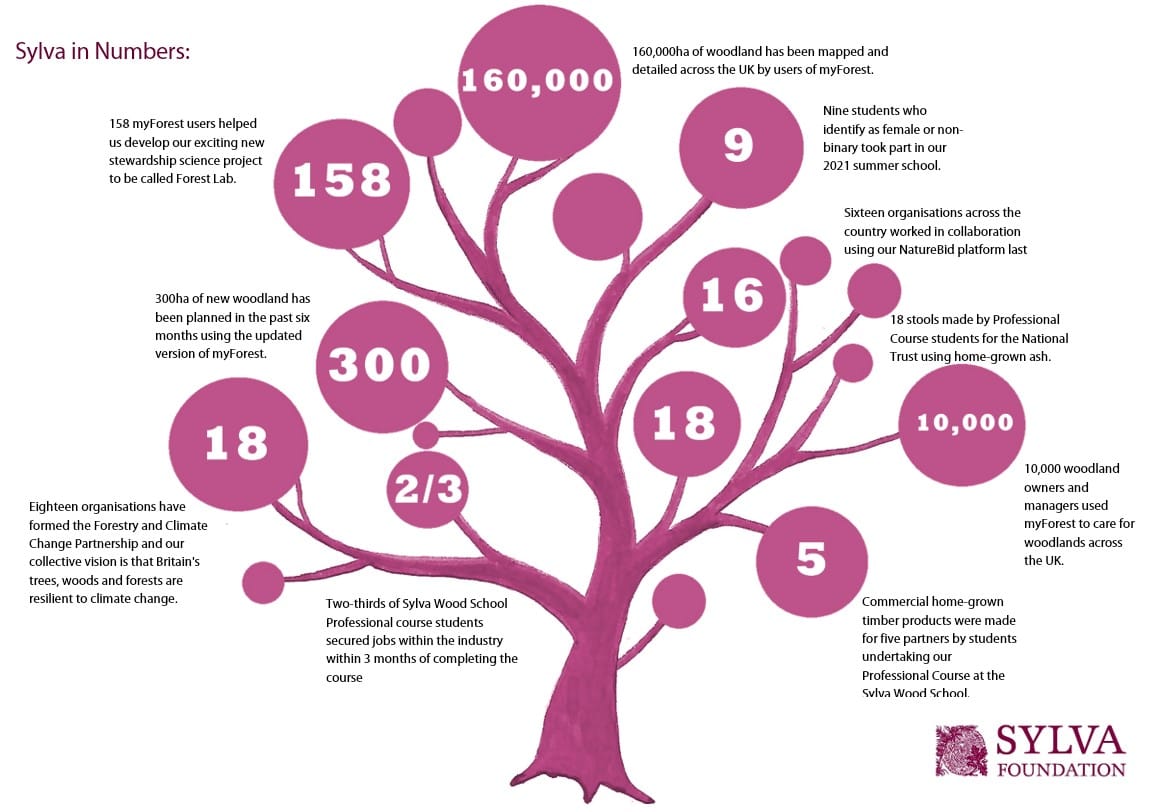
A woodland wildlife toolkit helps landowners manage woodland for biodiversity, while the Forestry and Climate Change Partnership is a cross-sector group of forestry, conservation and government organisations working together to promote the importance of adapting trees, woods and forests to climate change. Forest Lab crowdsources data from citizen scientists to improve forest resilience, enhance forest biodiversity, and protect nature and the landscape.
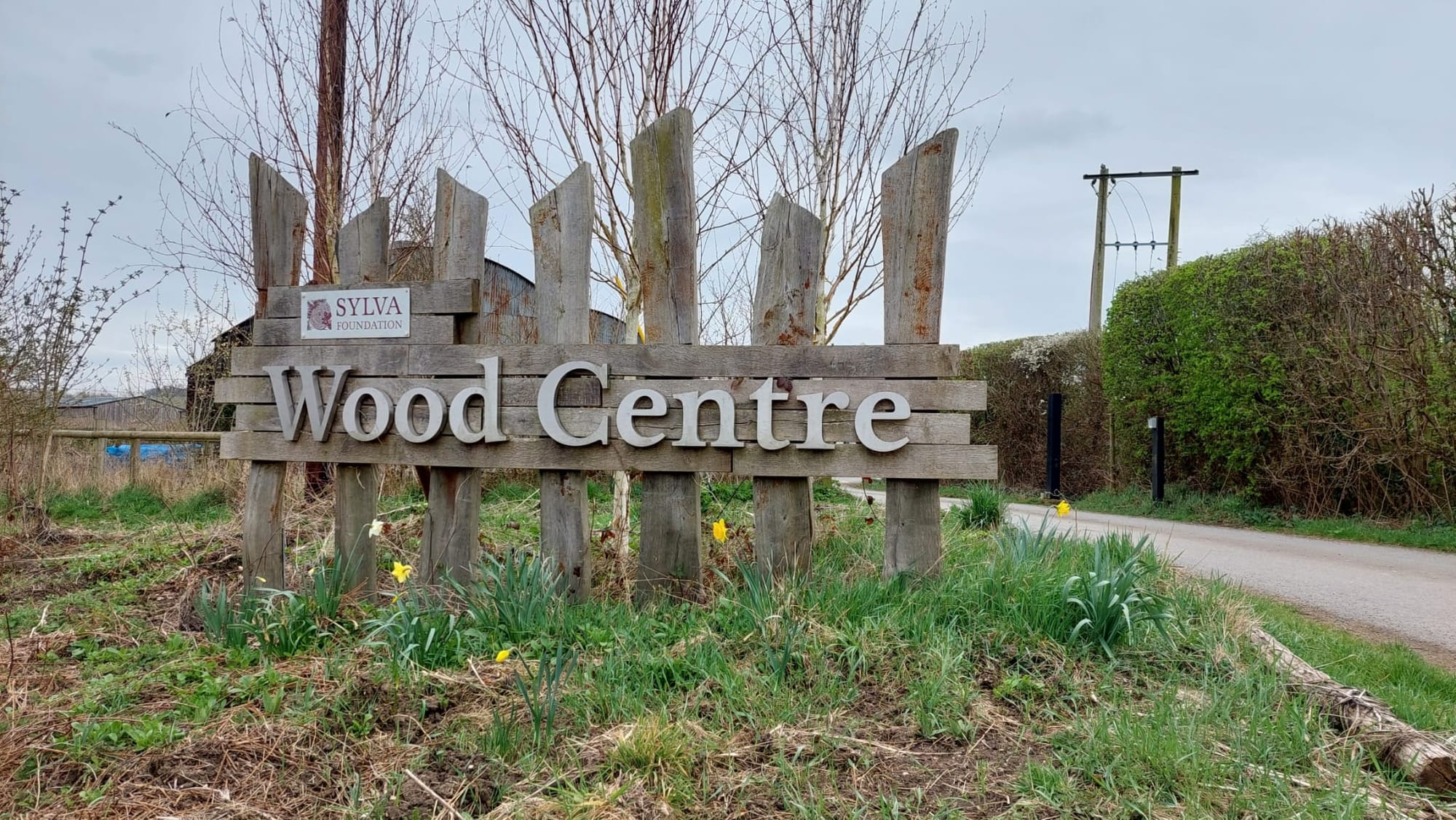
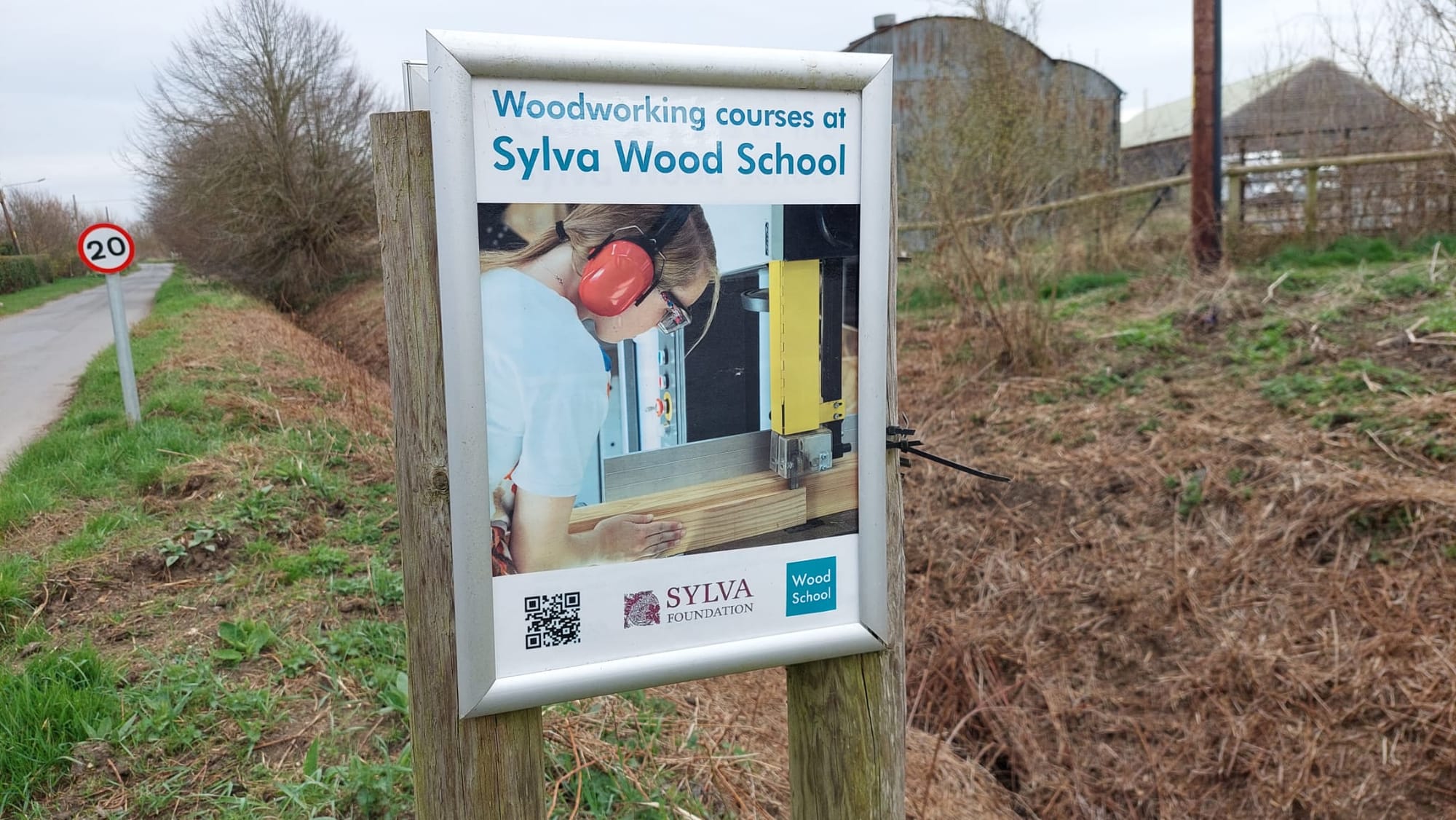
Sylva Foundation (images Oxford Clarion)
We could write a long read on the Sylva Foundation alone (and maybe one day we will) but for now we will just signpost those interested in trees to the Wood School, training in the use of home grown timber, and the Future Forest, three hectares of trees planted to fund out which tree species are best equipped to thrive given the challenges of climate change, pests and diseases. All this is handed down to future generations by the Forest Schools for All campaign, which promotes access to Forest Schools for all children.
Oxford and philanthropy
Writing about Oxford is a challenge. We can only ever scratch the surface. Every day of every year, Oxford people – not just in the university, but in the city’s civic organisations, in technology, in science, culture and a thousand places in between – are doing amazing things which not even the best-funded journal could hope to record.
Yet even by these standards, Martin and Audrey Wood have been exceptional. As the biotech industry which they inspired takes root in Science Vale and abroad, their philanthropy is an exemplar of doing good beyond the confines of a year-end balance sheet. Science education; startup culture; public greenspace; woodland renewal; all have clear benefits for city, county and country, yet few would have the courage to invest for the long term. That is what the Woods did – with remarkable results. Oxfordshire’s future entrepreneurs could learn a lot from them.
Further reading
Sir Martin Wood's obituary: The Guardian
(Side note: there is something very special about Northmoor Road. It is also associated with JRR Tolkien, Schrödinger of cat fame, and Francis Crick & James Watson, who discovered the structure of DNA. We'd write a long read about it but someone else already has. We are bound to ask: why only one blue plaque?)
